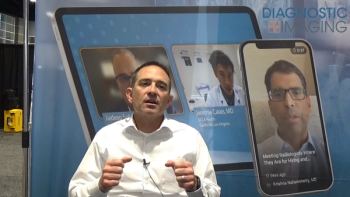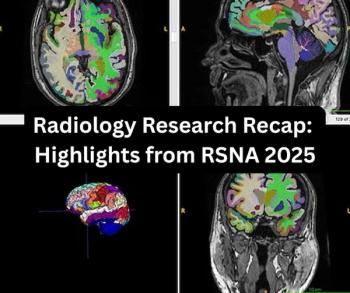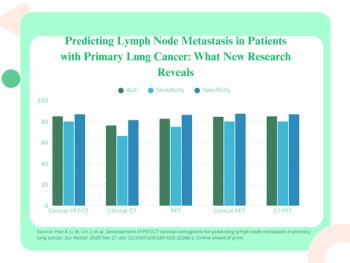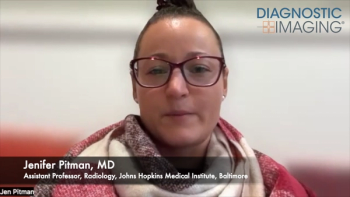
SNMMI: Preliminary Research Suggests Dual-Targeting Radiopharmaceutical May Have Impact in Multiple Cancers
The dual-targeted 177Lu-DOTA-FAPI-RGD reportedly reduced or stopped the growth of cancer lesions in 88.9 percent of advanced adenocarcinomas in a small cohort of patients with varied cancers including pulmonary, pancreatic and ovarian cancer, according to new research presented at the SNMMI conference.
Could an emerging radiopharmaceutical have an impact in treating advanced adenocarcinomas across multiple cancers?
In a new study, presented at the
The study authors found that 88.9 percent of the cohort had reductions in tumor size or cessation of tumor growth. The researchers also reported no side effects and added that many patients in the cohort experienced reduced pain as well as improved appetite and quality of life.
“This first-in-human dosimetry trial of 177Lu-DOTA-FAPI-RGD highlights its potential applicability across a broad spectrum of oncological diseases. The dual-targeting radioligand, 177Lu-DOTA-FAPI-RGD, exhibited an acceptable safety profile, significant tumor uptake and retention, and a promising therapeutic response,” noted lead study author Jialin Xiang, a PhD student at Peking Union Medical College Hospital in Beijing, China, and colleagues.
(Editor’s note: For additional coverage of news and research from the SNMMI conference, click
The researchers emphasized that the significant uptake of 177Lu-DOTA-FAPI-RGD and its long retention facilitated high targeted dosing, citing 4.3 Gy/GBq for lung metastases as an example.
“The beauty of this drug is that it stays in tumors for days, allowing prolonged damage to cancer cells. It offers real hope for patients with advanced cancers who have exhausted other treatment options,” added Xiang.
(Editor’s note: For related content, see “
Reference
- Xiang J, Wang R, Wang J, Peng X, Wang Y, Zhu Z. Preliminary safety, biodistribution, and dosimetry of fibroblast activation protein and integrin avB3 dual targeting radioligand 177Lu-DOTA-FAPI-RGD: first-in-human results. Presented at the Society for Nuclear Medicine and Molecular Imaging (SNMMI) conference, June 21-24, 2025. Available at:
https://jnm.snmjournals.org/content/66/supplement_1/251663 .
Newsletter
Stay at the forefront of radiology with the Diagnostic Imaging newsletter, delivering the latest news, clinical insights, and imaging advancements for today’s radiologists.




























